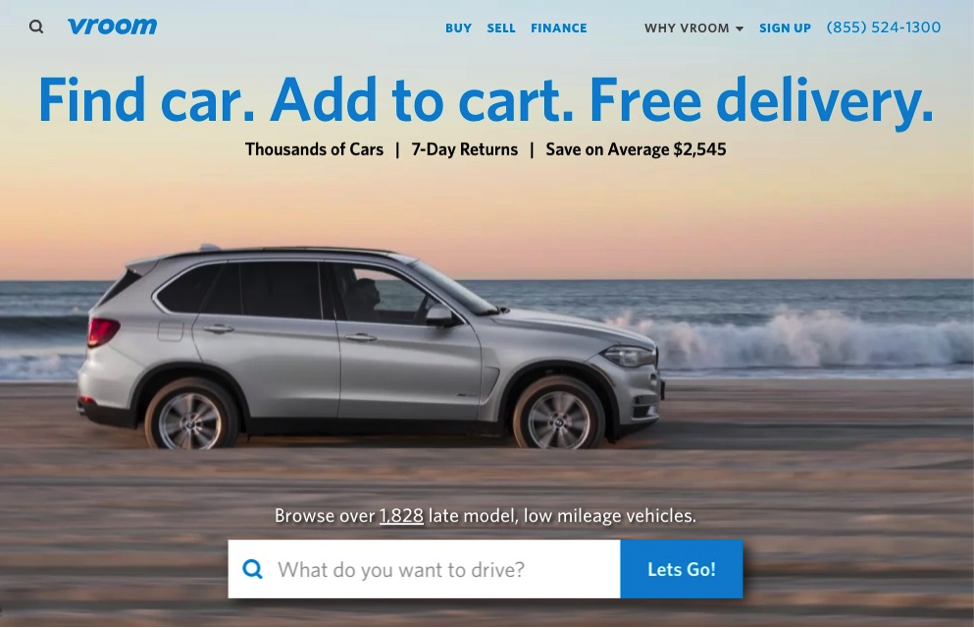Erase the Line Between Local and Online Shopping
Question: When is an online store a brick-and-mortar store?
Answer: When it competes in a local community just like a traditional store.
See if this is you, or someone you know: After busy days at work, you often need a few things to get dinner ready. A year or two ago you would have stopped at a supermarket or convenience store to buy these items. Now you’re using Amazon Prime Now to get same-day delivery of these items.

The line between our traditional shopping routines and newer, web-based shopping routines are getting blurred and essentially eliminated. At least in terms of how they function to solve problems in our everyday lives.
Knowing this, I found it shocking recently when I scanned some results from the May 2016 SurePayroll Smart Business Scorecard survey. Forty percent of the small businesses surveyed said they didn’t need help with their websites “because the Internet just doesn’t play a significant role in their sales.”
Let me first make one quick observation to those who gave this answer… Of course the Internet isn’t playing a significant role in your sales if you haven’t received any help with your website!
Leverage the Internet to increase sales. Take time to develop your digital marketing strategy and a major part of this is the design and “up keep” of your website. All too often management in small and medium-sized businesses look at yesterday’s results and automatically use them to predict the future.
However, the future isn’t always that cooperative. The market heads in the direction of a series of educated guesses that the most successful businesses take. Then begin to implement strategies that will move in parallel with that direction.
You probably have a lot of experience in your area. But it’s important to look outside of your own thinking to get clues from others. This is why I started this article by citing the Amazon Prime Now program. Amazon is investing in many major U.S. cities to be able to provide same-day delivery in wide assortment of items…and at a cost that will be competitive with local sellers. (And if you value your time and sanity at all, the Amazon cost will probably be lower than local sellers.)
Look at what Amazon is offering via this service. If this includes any products you sell, you need to be hearing footsteps coming up fast behind you. The question then becomes: What are you doing to prevent Amazon from steamrolling your business? Can you create an online ordering system to compete? If you have done a good job branding yourself and creating legions of loyal customers, you can be successful. Companies like Uber and others are getting into the local delivery business. You can create partnerships that allow you to compete with companies like Amazon.
If you aren’t selling the same slate of items Amazon is currently offering, don’t think that you’re home free. First, you can expect Amazon to expand this service. Second, there are more players out there who are working hard to establish other new ecommerce models; so you may be next.
For example, if you sell used cars and think you’re doing fine because your inventory is listed on one of the many used-car search sites, you need to think again. At least two major players Vroom and Carvana are selling used cars directly through online ordering. I point this out to show you that whether you’re selling a small ticket item like a bottle of nonfat milk, or a big ticket item, like a late model used SUV, there are people who want to take away your customers.

When the line between online shopping and local shopping is completely erased, you still want to be in business, right? If so, you need to keep working to anticipate the changes and be fully ready to meet the evolving expectations of your customers.
Remember Blockbuster and Hollywood Video? They waited too long and by the time they decided to try to adjust their business models, their customers had built brand loyalty elsewhere.
